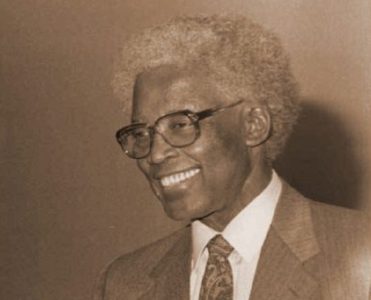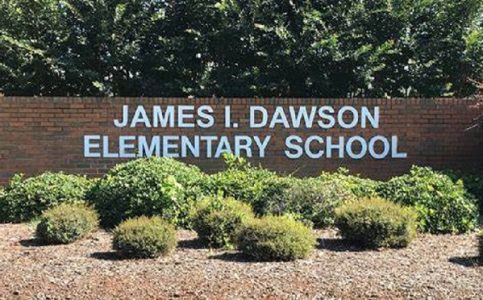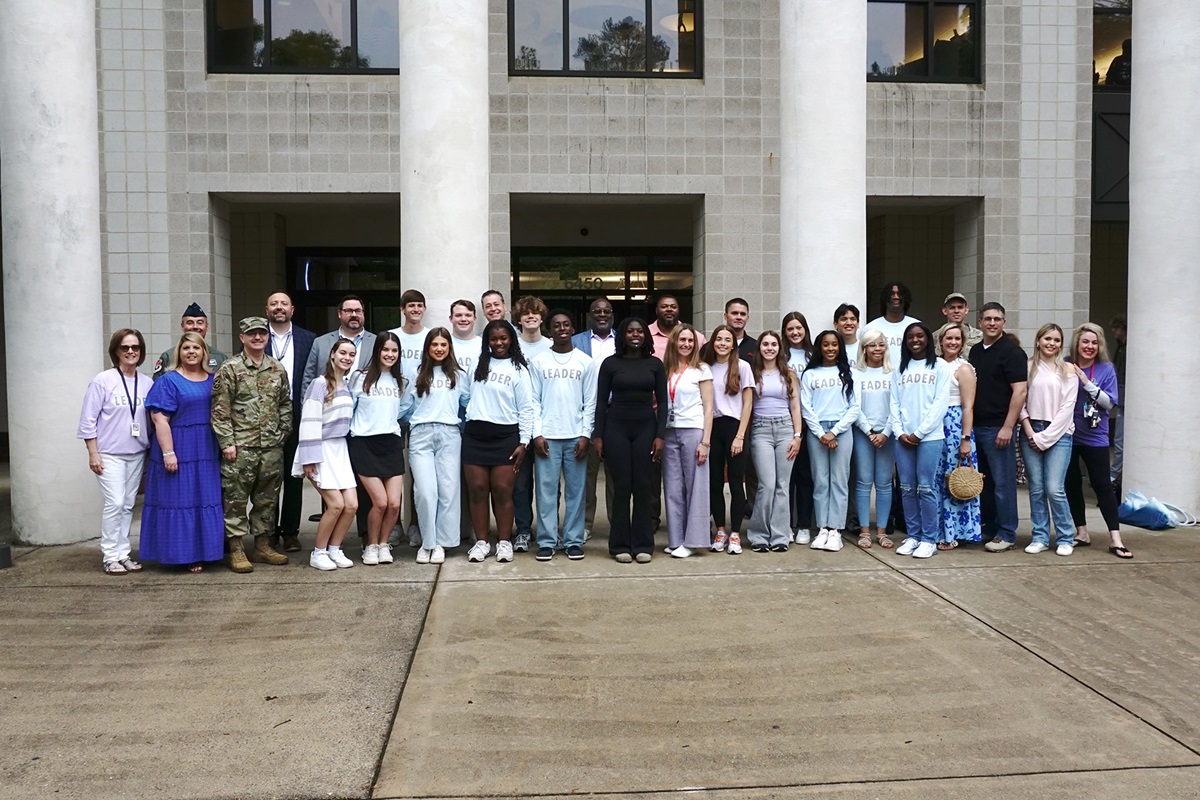Alabama’s James I. Dawson: the history maker

A building at Alabama A&M University bears the name of history maker James I. Dawson. (contributed)
The late James Ira Dawson built a legacy of firsts. For example, he was the first 1890 Extension administrator at Alabama A&M University (AAMU). His positive influence on the Huntsville community and across north Alabama is underscored by his many achievements and a life dedicated to serving others. It’s also evident at the facilities in the region that bear his name, including the Cooperative Extension Building on AAMU’s campus.
Dawson was born in Pike County on Jan. 14, 1925, the third of four children born to Jess and Charlotte Vann Dawson. He graduated from Helicon High School in Grady and, like many young people raised in small towns, he dreamed of leaving for greater opportunities.
Dawson served his country in World War II, earning three Battle Stars, a Presidential Citation and a Good Conduct Medal before his honorable discharge in 1946. He went on to earn bachelor’s and master’s degrees from what were then known as Alabama A&M College and Tuskegee Institute, respectively, before becoming the first African American to earn a doctorate in agriculture from Penn State University.

James I. Dawson
Dawson returned to Alabama to teach at the same high school he attended. Eventually, he and his family settled in north Alabama.
At AAMU, Dawson was a professor, dean, department chair and ultimately, director of the 1890 Extension program, which focuses on providing opportunities to diverse people and communities where resources are limited. The program flourished under his leadership, supporting educational activities for residents in 12 counties. Program areas included agriculture and natural resources, home economics, 4-H and youth development, and community resource development. At that time, more than 100,000 people, including disadvantaged audiences, were served each year.
A man of many achievements
It was Dawson and his dedicated staff who planted the seeds for today’s Extension programs. Major accomplishments under Dawson’s leadership are highlighted in the centennial report, “A People and a Spirit Serving the Nations of the World,” a commemorative volume published in 1990 celebrating 100 years of achievements by land-grant colleges and universities across the country. The accomplishments by Dawson and his team highlighted in the book include:
- The Ala-Tenn Vegetable Marketing Cooperative, which served vegetable and fruit producers in north Alabama and central Tennessee. The project covered some 500 acres and yielded $5 million in sales over a five-year period.
- A small- and home-based business development program that served more than 100 enterprises that generated an annual income of more than $500,000.
- A 4-H summer education and youth enrichment program that provided outreach to more than 3,100 people, ages 9 to 19. Activities included plant science, food and nutrition, clothing and textiles, animal science, and leadership and personal development.
- A rural revitalization conference focused on developing strategies to serve communities. It would later become the Urban-Rural Interface Conference. The annual event, which continued for more than 20 years, focused on issues affecting rural and urban communities.
A no-nonsense leader
Those who knew and worked with Dawson describe him as a no-nonsense leader.
One of Dawson’s favorite sayings was, “If I’ve got time to watch you, then I’m not doing my job.”

An elementary school in Huntsville, where Dawson was on the board of education, bears his name. (contributed)
“Dawson was fair-minded and had an open-door policy. He simply trusted staff to do their jobs,” said Extension Printshop Manager James Childress.
Dawson consulted at several land-grant institutions across the nation. After retiring from AAMU, he remained active in professional, civic and community organizations, including being elected five times to the Huntsville City Schools Board of Education. An elementary school in the city now bears his name.

Dawson died on Dec. 7, 2009. The product of small-town Alabama, he went on to achieve great things. In simple words, he became a history maker.
This story originally appeared on the website of the Alabama Cooperative Extension System.





